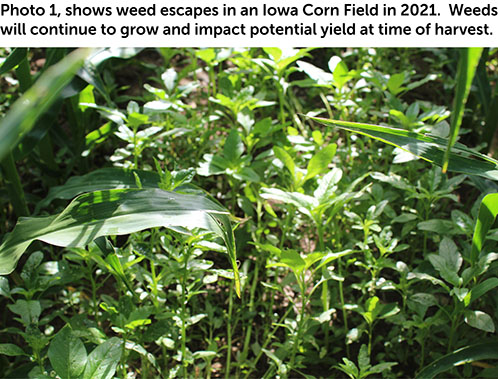Ag Retail Construction Remains Vibrant
Recently while going through the news on one of the daily websites I visit, I came across an article talking about the state of the U.S. construction industry in 2018. In broad terms the article talked about how strong economic growth is in the overall construction industry and how, for every $1 invested in the construction business, an estimated $7 gets returned to the economic health of the overall marketplace. “The construction industry is booming,” the article stated, paraphrasing Associated General Contractors of America (AGC) Spokesperson Brian Turmail. The article finished by pointing out that by AGC’s own numbers, the construction business in the U.S. will have work for approximately 19% more employees than it currently has on hand by the year 2023.
Of course, for those folks who regularly follow the ag retail business, this is old news of sorts. For more than half a decade now, ag retailers across the U.S. have been in the midst of a construction boom of their own. In fact, throughout these years CropLife® magazine has annually tracked this “desire to build” through its yearly CropLife 100 ag retailer survey. According to the 2017 survey, 58% of respondents said their companies were planning to increase or match their building spending plans for the 2018 season. (See “Building Trends Building Back Up” for more details.)
Indeed, it’s rare that a week goes by without a press release or notice showing up in my email in-box courtesy of a company involved in the construction of ag retail facilities. As I wrote this column in early June, one such release from Legacy Building Solutions appeared, touting that the company had installed and constructed “more than 35 million square feet of fabric buildings.”
As for why this construction trend has been so prevalent in the ag retail industry for the past half-dozen years or so, observers cite myriad reasons. Perhaps top-of-mind at the moment is the ongoing trend among ag retailers to consolidate their business operations. According to most of these companies (primarily cooperatives), the ongoing “economic downturn” has put financial pressure on them that can be alleviated through merging. “We believe this merger will provide additional benefits and services over a broader geography to all our patrons,” Steve Feeney, General Manager for Danvers Farmers Elevator, said when the company merged with United Prairie.
Another example of this trend in action was the merger of Agland Co-op and Heritage Cooperative in Central Ohio in 2017. This move brought together more than 30 locations that serve 3,300 grower-members over a 20-county area of the Buckeye State. Not too soon before the merger was announced, Heritage Cooperative completed construction on a new 277-acre facility in Marysville, OH, that features a 30,000-ton dry fertilizer building and 10,000-ton liquid UAN fertilizer warehouse that was designed to move product more efficiently while protecting the nearby wetlands area. “I am pleased that our new ag campus provides a cost-effective way for the farming community to do business, saving time, money, and resources while at the same time recognizing our social and community responsibilities,” the company said at the facility’s opening ceremony.
In other cases older facilities are looking to improve the level of efficiency and cleanliness while still effectively serving grower-customers. This was the case at the Crop Production Services (CPS) facility in Vanceboro, NC. In 2013 the ag retailer upgraded its dry fertilizer capabilities by constructing a new building that contained heated floors to prevent spilled fertilizer from caking and melting on employee shoes and company equipment. But the company also installed a new covered auger from Yargus Manufacturing. “We used to have an open conveyor moving dry fertilizer to the trucks, but there were often granules that would bounce off and litter the floor underneath,” CPS Vanceboro Warehouse Manager Chris Teeter said. “These would then have to be swept up. But with our covered auger, we don’t have this problem anymore, not to mention it’s a more environmentally sound system.”
Whether it’s a desire to build new facilities to better service customers, consolidate operations to increase efficiencies, or upgrade an older outlet to keep pace with an accelerating agricultural world, the current construction trend in ag retail shows no signs of slowing down. So enjoy this year’s look at some of the showplace facilities that the industry’s premier building suppliers have built for their customers!
Here is a list of the featured slideshows in the 2018 Retail Facilities Report:
- Sackett-Waconia Builds Efficient Fertilizer Handling System for All American Co-op
- Marcus Construction Designs New Liquid Fertilizer Facility for Morral Companies
- Yargus Manufacturing Provides Fertilizer Handling Solution for Gavilon Fertilizer
- Junge Control Designs New Blend Facility for Evergreen FS
- Murray Equipment Designs Nutrien Ag Solutions’ New Ohio Facility
- Stueve Construction Increases Speed, Accuracy for Two Ag Retailers
- Feed Products & Service Expands with Fabric Structure from Legacy Building Solutions
- Luckey Farmers Gains Efficiency with Kahler Automation
- GSI Builds New CHS Colton Agronomy Center






